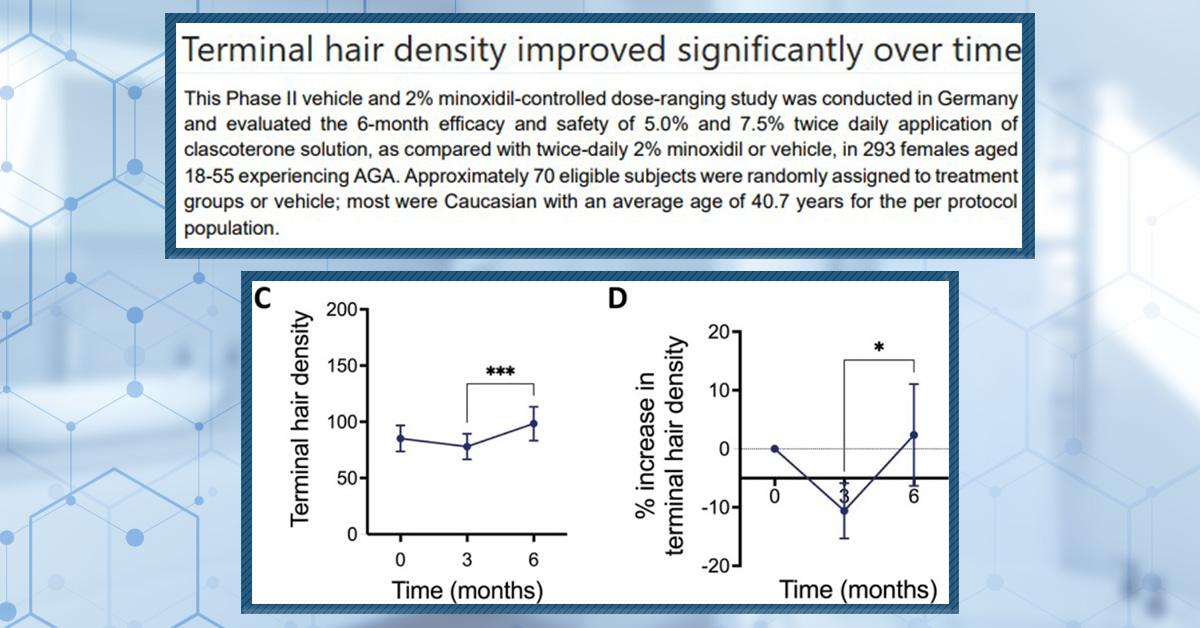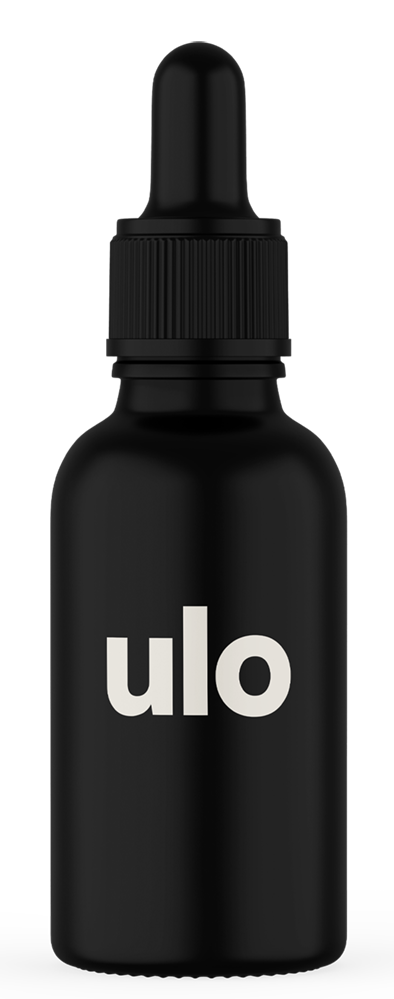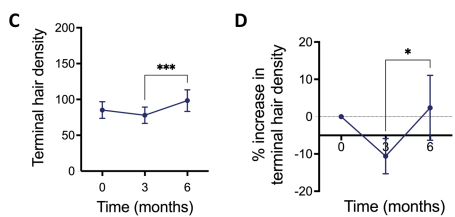Think that new hair growth product sounds too good to be true? It might be. In this article, we break down how research findings in hair loss treatments are often misinterpreted, or worse, misrepresented. From misleading percentages to press release spin, we highlight real examples involving TTFE, Niostem, and CB-03-01. We also explore whether companies that release all their data in press releases should be trusted. If you want to understand what the data really says before trusting the hype, this one’s for you.
 Scroll Down
Scroll Down












